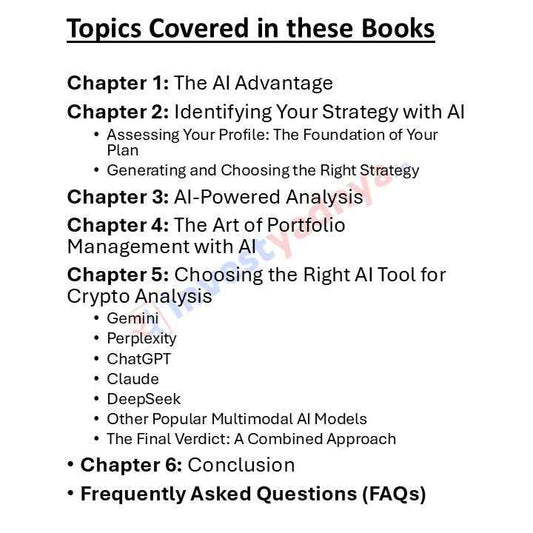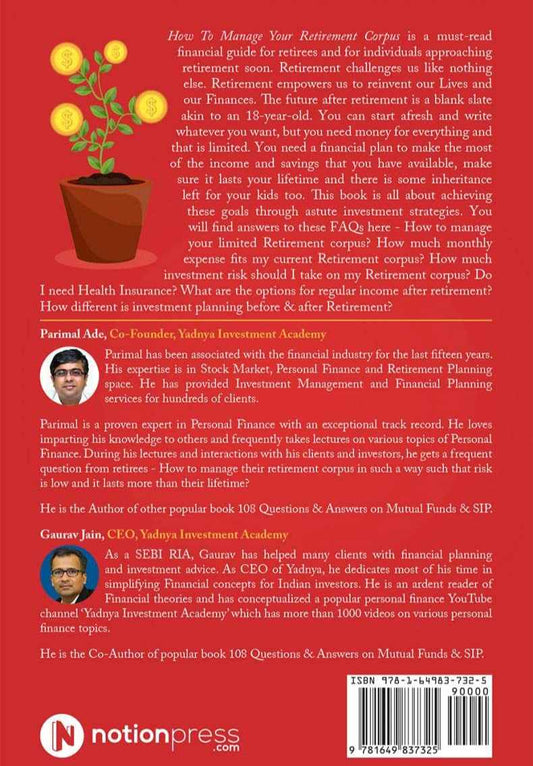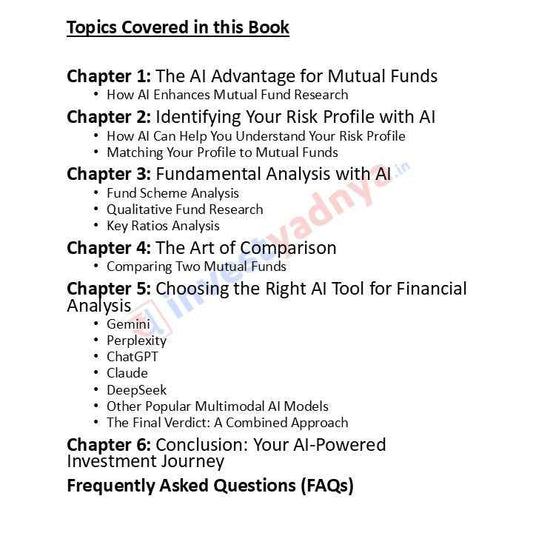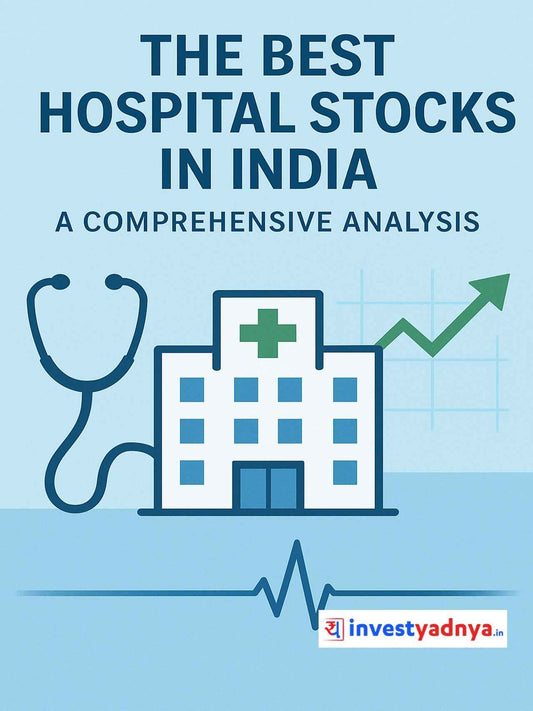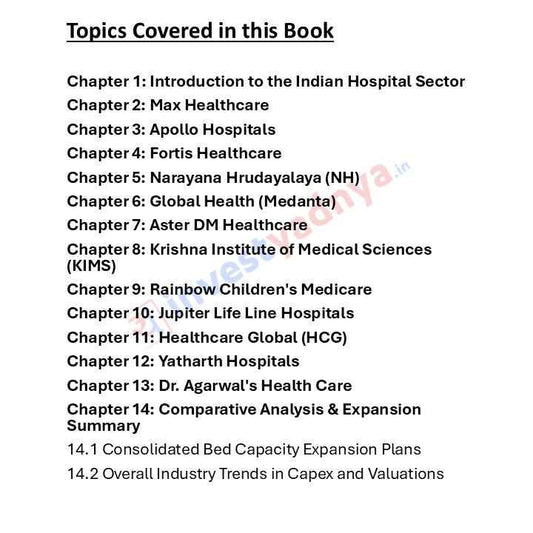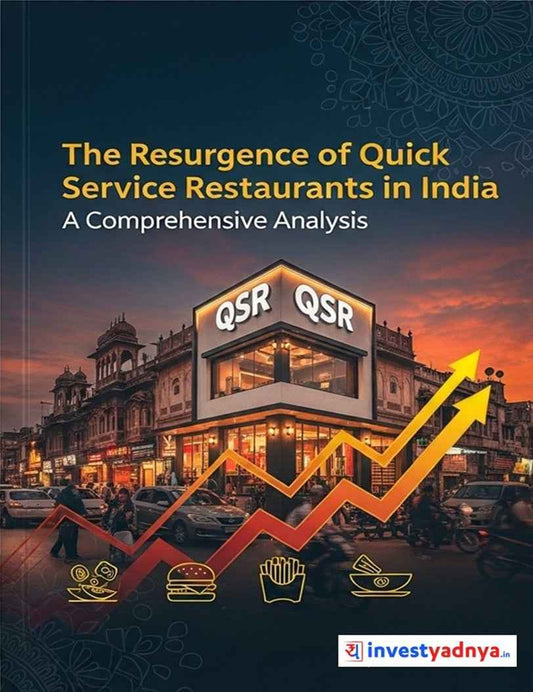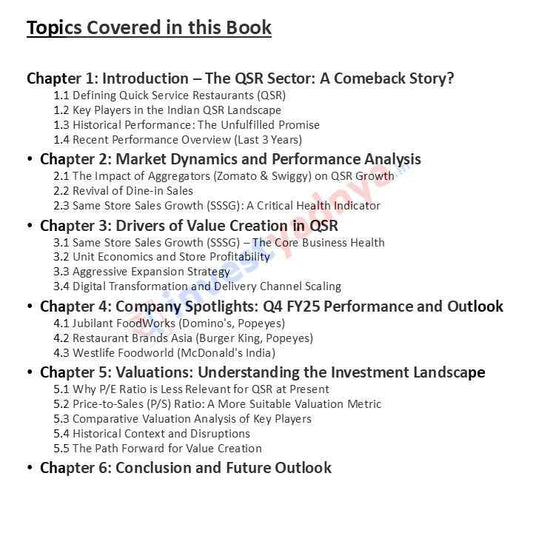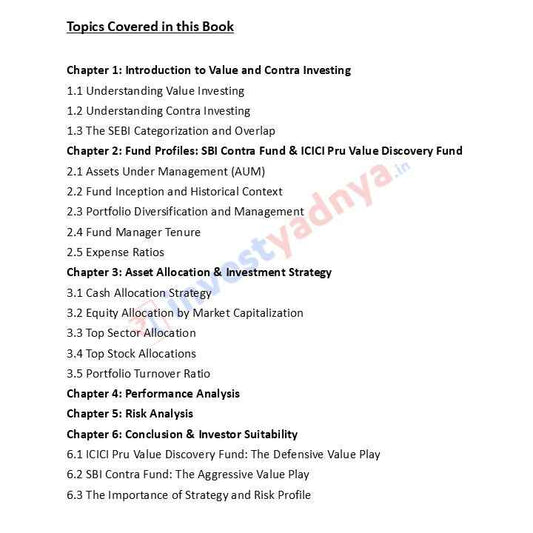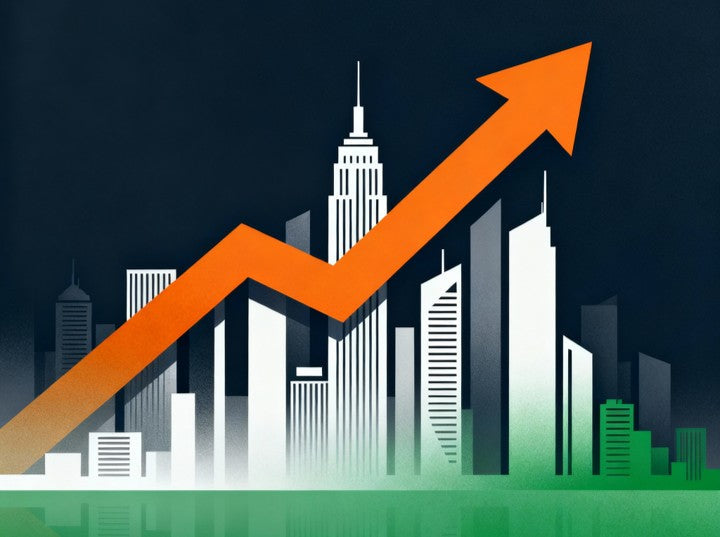
The Global Growth Engine is Shifting — From Beijing to Bharat!
The Great Economic Pivot - Global Growth Engine
The global economic landscape is witnessing a historic transformation in terms of the Global Growth Engine. IMF Managing Director Kristalina Georgieva recently declared what many economists have been observing—China's growth engine is decelerating while India is accelerating to become the world's key growth driver. This isn't merely a temporary shift; it represents a fundamental realignment of economic power that will define the coming decades.
Global growth is forecast at roughly 3 percent over the medium term, down sharply from the pre-pandemic level of 3.7 percent. Against this backdrop of sluggish global expansion, India's robust performance stands out like a beacon of economic vitality.

Comparative GDP growth rates showing India's strong performance against China and global averages
India's Stunning Growth Numbers
The statistics tell a compelling story of India's economic momentum. India's GDP surged by an impressive 7.8 percent in Q1 of FY 2025-26 (April-June), marking the fastest pace of growth in five quarters. This wasn't just a modest beat—it exceeded the Reserve Bank of India's estimate of 6.5 percent and most economists' projections of 6.7 percent by a significant margin.
The World Bank has responded to this strong performance by raising India's FY26 growth forecast to 6.5 percent from its earlier projection of 6.3 percent. Meanwhile, the RBI has projected full-year GDP growth at 6.8 percent for 2025-26. These upward revisions reflect strengthening confidence in India's economic fundamentals—resilient domestic demand, strong rural recovery, and the positive impact of Goods and Services Tax (GST) reforms.
India's nominal GDP grew by 8.8 percent in Q1, touching ₹86.05 lakh crore versus ₹79.08 lakh crore a year ago. The real Gross Value Added (GVA), a key indicator of economic activity, clocked 7.6 percent growth. Manufacturing achieved 7.7 percent growth while construction reached 7.6 percent, demonstrating broad-based economic expansion across sectors.

India's growth trajectory significantly outpaces global averages, both pre-pandemic and currently
China's Deceleration: The End of an Era
In stark contrast, China's growth story is one of steady deceleration. The World Bank projects China's growth at 4.8 percent in 2025, declining further to 4.2 percent in 2026. This represents a significant slowdown from China's 5.0 percent growth in 2024 and is far below India's current trajectory.
China faces multiple structural headwinds that India doesn't share. The country is grappling with an ongoing property sector downturn, weak consumer confidence, rising public debt that limits fiscal stimulus capacity, and an aging population. China's growth is projected to decline because of expected slower export growth and continued structural deceleration. September data showed China's factory output and retail sales grew at the slowest pace in nearly a year, highlighting that the economy remains far from a strong recovery.
While China's working-age population has already peaked and is now shrinking, India's demographic advantage is just beginning to unfold. China's median age is 38 compared to India's 28, creating fundamentally different growth dynamics.
India's Demographic Dividend: A Multi-Decade Advantage
India possesses one of the world's most powerful demographic advantages. Over 65 percent of India's 1.4 billion population is under the age of 35, creating an enormous young, dynamic workforce. The country's working-age population (15-64 years) comprises about 67 percent of the total population—nearly 1 billion people—and this figure is expected to rise until 2050.
According to the United Nations Population Fund, India is set to remain one of the youngest countries until 2055, offering a multi-decade window to leverage its youthful workforce. This stands in sharp contrast to developed economies like Japan (median age 48), Germany, and even China (median age 38), which are all grappling with aging populations and shrinking workforces.
India's working-age population is expected to grow to 1 billion by 2047, sustaining the demographic dividend well into the next few decades. A study by the Organization for Economic Cooperation and Development (OECD) projects that India's labor force could increase by over 60 percent between 2011 and 2036. This expanding workforce provides both productivity gains and robust domestic consumption demand that fuels economic growth.
The rise of digital platforms and the gig economy is integrating India's vast talent pool into the global workforce, with remote work models creating flexible employment opportunities particularly for youth. Mean years of schooling in India has tripled from 2.2 years in 1980 to 6.4 years in 2020, while initiatives like Pradhan Mantri Kaushal Vikas Yojana have provided industry-ready training to millions.
The Digital Economy: India's Secret Weapon
India's digital transformation represents another powerful growth engine. The country's digital economy is growing almost twice as fast as the overall economy and is projected to contribute nearly 20 percent of national income by 2029-30. This means that in less than six years, the share of the digital economy will become larger than that of agriculture or manufacturing.
India's digital economy accounted for 11.74 percent of GDP (₹31.64 lakh crore or $402 billion) in 2022-23, employing 14.67 million workers. Remarkably, the digital economy is nearly five times more productive than the rest of the economy. Key growth drivers include rapid adoption of artificial intelligence, cloud services, and the rise of global capability centers (GCCs), with India now hosting 55 percent of the world's GCCs.
India ranks as the third-largest digitalized country in the world in terms of economy-wide digitalization. While the country has strong internet penetration, there remains significant room for growth in digital spending and economic participation, presenting enormous upside potential.
The New Growth Story: Written Across Indian Cities
The transformation isn't confined to one region—it's a pan-India phenomenon being written across multiple dynamic cities, each contributing its unique strengths to the national growth story.
Bengaluru: India's Tech Powerhouse
Bengaluru has emerged as one of the top 12 global tech hubs, standing alongside San Francisco, Beijing, Shanghai, and Tokyo. The city's technology workforce has crossed the one-million mark, making it Asia-Pacific's largest tech talent market. Bengaluru is home to more than 30 IT parks and houses over 80 percent of all major global IT offices in India.
The city's transformation is stunning—from software exports worth just ₹16 crore generated by 13 companies in 1991-92 to over 1,400 IT companies employing more than 40 lakh (4 million) people and contributing to software exports valued at ₹6.3 lakh crores. Bengaluru alone accounts for almost 40 percent of India's total IT exports.
In 2024, Bengaluru attracted 140 venture capital deals valued at $3.3 billion, with 34 investments focused on AI-driven enterprises. Home to 28 unicorns, the city stands as India's undisputed tech capital, driving innovation domestically and globally. Major global companies including Amazon, Microsoft, Facebook, Google, Apple, and IBM have established significant operations in the city.
Chennai: The Detroit of India
Chennai has earned the moniker "Detroit of India" for its automotive manufacturing prowess. The region houses major global automotive manufacturers such as Ford, Hyundai, BMW, and domestic giants like Ashok Leyland. The city is also known for extensive auto component manufacturing, creating a complete ecosystem for the automotive industry.
Surat: The Textile and Diamond Hub
Surat stands as a prominent textile cluster specializing in synthetic textiles and is one of the largest centers for fabric production in India. The city is renowned globally for its diamond cutting and polishing industry, ranking among the world's largest. Surat's entrepreneurial ecosystem welcomes startups and small manufacturing businesses, particularly in textiles, chemicals, petrochemicals, and food processing sectors.
Pune: Innovation and Manufacturing
Pune has evolved into a major automotive hub with manufacturers like Tata Motors, Mercedes-Benz, and Bajaj Auto. The city also focuses on auto components, engineering services, and has developed strong innovation labs driving research and development across multiple sectors.
The Broader Industrial Landscape
Other Indian cities are making significant contributions—Indore's focus on clean governance and business-friendly environment, Kochi's strategic port infrastructure enabling trade, and numerous other cities across the country are participating in India's growth story. This distributed growth model ensures resilience and reduces dependence on any single region.
Resilient Domestic Demand: The Foundation
India's growth isn't dependent on external markets—it's powered by strong domestic consumption and investment. The Q1 FY26 acceleration was driven by robust private consumption and investment, supported by strong rural wage growth. Agricultural output and rural wages performed better than expected, boosting rural demand.
Strong rural wage growth has offset slowdowns in urban consumption, demonstrating the economy's ability to rebalance growth drivers. Industrial production and imports have largely maintained strong momentum. Government spending grew by 9.7 percent, while the services sector led with 9.3 percent growth.
Finance Minister Nirmala Sitharaman declared that the growth rate "is a reaffirmation of India's fundamentals, showing the world that our economy remains on a strong trajectory despite external turbulence". This domestic strength provides a cushion against global trade shocks and external uncertainties.
Structural Reforms Driving Growth
Government reforms are creating a more favorable business environment. The Goods and Services Tax (GST) reforms—reducing the number of tax brackets and simplifying compliance—are expected to support economic activity and encourage formalization. Investment growth remains robust, supported by public infrastructure projects, strong credit growth, and loosening monetary policy.
India has emerged as a significant driver of growth with resilient policy frameworks and institutional reforms. The country's economic resilience is supported by enhanced policy fundamentals, private sector adaptability, and continued strength in consumption growth.
Global Recognition and Future Outlook
Major international institutions are recognizing India's ascent. The IMF has upgraded India's growth forecast to 6.4 percent for both 2025 and 2026. The World Bank projects India will remain the world's fastest-growing major economy, underpinned by continued strength in consumption growth.
India is expected to remain one of the world's few bright spots in an otherwise sluggish global economy. Analysts see India's rise as a stabilizing force in the global economic landscape. The country has positioned itself as a significant driver of growth at a time when global growth patterns are fundamentally changing.
Challenges and the Path Ahead
While the outlook is positive, challenges remain. The impact of US tariffs on exports could dampen growth momentum in FY27, with the World Bank downgrading that forecast to 6.3 percent. Trade tensions need to be addressed through diversification of export markets and strengthening bilateral relationships.
India must continue investing in infrastructure, education, and skill development to fully harness its demographic dividend. Sustaining rural wage growth and addressing environmental concerns from rapid industrialization will be crucial. The country needs to bridge the gap between internet penetration and actual digital economic participation.
Conclusion: The Spotlight Shifts East
The global economic spotlight is indeed shifting—and this time, it's shining brightly on India. The new growth story isn't being written in Shanghai or Shenzhen anymore. It's being crafted in Bengaluru's tech corridors where million-strong workforces drive digital innovation, in Chennai's automotive factories producing vehicles for global markets, in Surat's textile workshops and diamond polishing units serving international buyers, in Pune's innovation labs developing cutting-edge technologies, and in ports like Kochi connecting India to the world.
With a 7.8 percent growth rate in Q1 FY26, a young and expanding workforce, a rapidly digitalizing economy, strong domestic demand, and supportive structural reforms, India is demonstrating that it has the fundamentals to sustain high growth rates for decades to come. The IMF Chief's recognition of India as a "key growth engine" while China decelerates steadily marks an inflection point in global economic history.
The global growth engine has shifted from Beijing to Bharat—and India's journey has only just begun.





